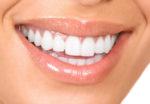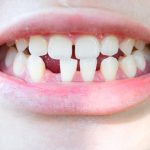5 Quick and Easy Ways to Remove Food Particles from Your Teeth

Oral hygiene is essential for maintaining healthy teeth and gums. However, sometimes, despite regular brushing and flossing, food particles can get stuck between our teeth. This can cause discomfort, bad breath, and even tooth decay if left untreated. Fortunately, there are several quick and easy ways to remove food particles from your teeth that can be done anytime, anywhere. In this article, we will explore five effective methods that you can use to keep your teeth and gums healthy and clean. The first method we will discuss is using dental floss. Flossing is an essential part of oral hygiene that helps remove plaque and food particles from between your teeth and along the gumline. To use dental floss, take a piece of floss about 18 inches long and wrap it around your fingers, leaving about two inches to work with. Slide the floss between your teeth and gently move it up and down, following the curve of each tooth. Repeat this process for each tooth, making sure to use a clean section of floss for each one. Flossing is a quick and easy way to remove food particles and prevent tooth decay, so make sure to include it in your daily oral hygiene routine.
Removing food particles from teeth is essential for maintaining good oral hygiene and preventing dental problems such as cavities and gum disease. When food particles are left in between teeth, they can attract bacteria that produce acid, which can erode the enamel and cause tooth decay. Over time, the buildup of plaque and tartar can lead to gum inflammation, bleeding, and even tooth loss. Therefore, it is important to remove food particles from teeth regularly by brushing, flossing, and using other oral hygiene tools such as interdental brushes or water flossers. By doing so, you can ensure that your teeth and gums remain healthy and strong, and avoid costly dental treatments in the future.
Leaving food particles in your teeth can lead to several negative effects on your oral health. When food particles are left in between teeth, they provide a breeding ground for bacteria which can cause bad breath, tooth decay, and gum disease. Over time, the buildup of plaque and tartar can also lead to discoloration of teeth and even tooth loss. In addition, food particles left in teeth can also cause discomfort and pain, making it difficult to eat and speak properly. Therefore, it is essential to remove food particles from your teeth regularly using effective techniques to maintain good oral hygiene and prevent these negative effects.
Flossing

Flossing is an essential part of maintaining good oral hygiene. It is the process of using a thin thread to remove food particles and plaque from between teeth where a toothbrush cannot reach. Flossing helps to prevent tooth decay, gum disease, and bad breath. It is recommended to floss at least once a day, preferably before bedtime, to remove any food particles that may have accumulated throughout the day. Flossing is a quick and easy way to keep your teeth healthy and clean. To floss correctly, take about 18 inches of floss and wrap it around your middle fingers, leaving about an inch or two of floss between your fingers. Hold the floss tightly between your thumbs and index fingers and gently slide it between your teeth, curving it around the base of each tooth. Be sure to go beneath the gum line, but do not force the floss or snap it into the gums, which can cause injury. Use a clean section of floss for each tooth and discard the used floss. Flossing may take some time to master, but with practice, it becomes an easy and effective way to maintain good oral health.
Flossing is an essential part of maintaining oral hygiene. It helps remove food particles, plaque, and bacteria that may be stuck between teeth, which can lead to gum disease and tooth decay. Flossing also helps to stimulate the gums, improving blood circulation, and reducing inflammation. Regular flossing can also help prevent bad breath and maintain the whiteness of teeth by removing stains caused by food particles. Neglecting to floss can result in the buildup of tartar, which can only be removed by a dental professional. Therefore, incorporating flossing into your daily routine is crucial for maintaining overall dental health.
Flossing your teeth is an essential part of maintaining good oral hygiene. To ensure you are flossing correctly, start by taking a long piece of floss and wrapping it around your middle fingers. Hold the floss tightly between your index fingers and thumbs, and insert it gently between your teeth. Curve the floss around each tooth in a \C\ shape and move it up and down to remove any food particles and plaque. Be careful not to snap the floss against your gums, as this can cause irritation and bleeding. Continue flossing between all of your teeth, using a fresh section of floss for each tooth. Flossing once a day can help prevent cavities, gum disease, and bad breath.
Flossing is an essential part of maintaining good oral hygiene, but many people neglect to do it regularly. It is recommended that individuals floss at least once a day to remove food particles and plaque from between their teeth. However, depending on your specific dental needs and habits, you may need to floss more frequently. For example, people with braces or dental appliances may need to floss more often to ensure that food particles are not getting stuck in the wires or brackets. Additionally, those who have a history of gum disease or are prone to cavities may also benefit from flossing more frequently. Ultimately, the best way to determine how often you should floss is to consult with your dentist, who can provide personalized recommendations based on your individual needs.
Water Flossing
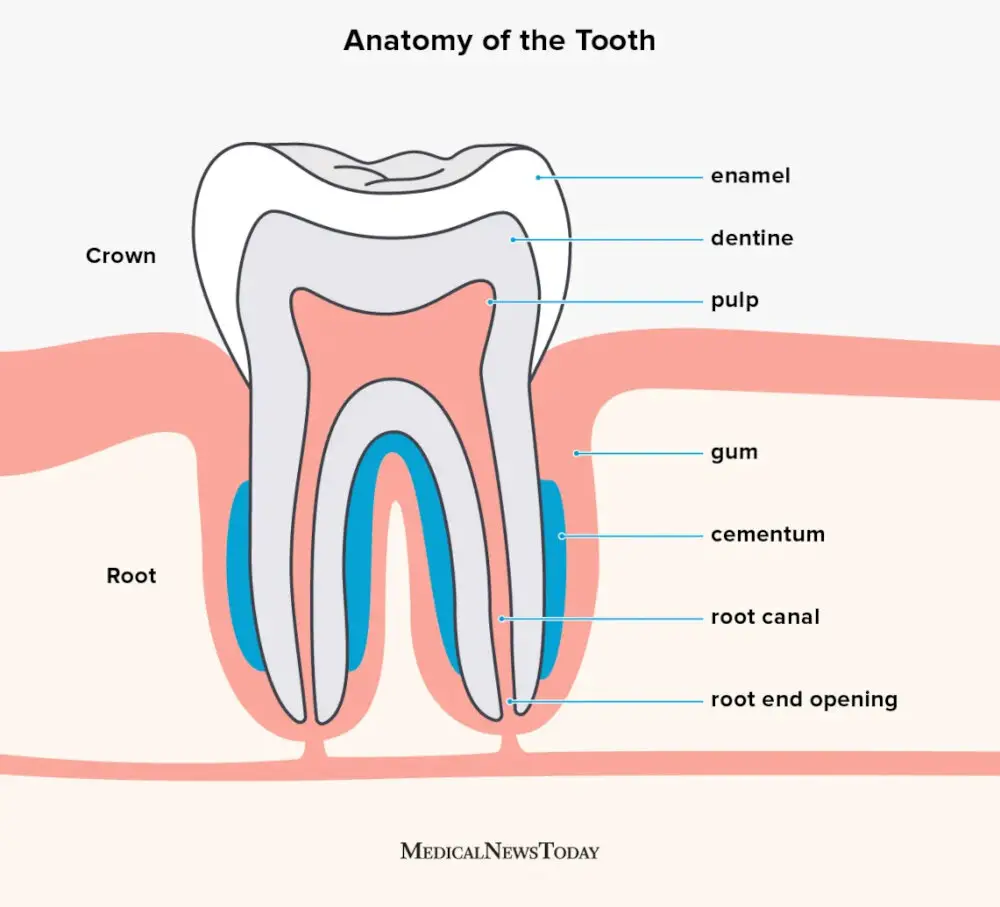
Water flossing is a quick and easy way to remove food particles from your teeth. It involves using a special device that shoots a stream of water between your teeth to dislodge any food particles that may be stuck. Unlike traditional flossing, water flossing is gentle on your gums and does not cause any bleeding or discomfort. Additionally, it is suitable for people with braces and other dental appliances that make traditional flossing difficult. Water flossers are also easy to use, and they come in different shapes and sizes to cater to different people’s needs. Water flossing is an effective way to maintain good oral hygiene and prevent dental problems. By removing food particles from your teeth, water flossing helps to prevent plaque build-up, which can lead to tooth decay and gum disease. It also helps to freshen your breath by removing any food particles that may be causing bad breath. Water flossing is also a great way to prevent staining on your teeth, especially if you’re a coffee or tea drinker. Overall, water flossing is an excellent addition to your oral care routine, and it’s a quick and easy way to keep your teeth and gums healthy.
Water flossing, also known as oral irrigating, is a simple yet effective technique for removing food particles from your teeth. It involves using a handheld device that sprays a stream of water between your teeth and along the gum line, flushing out any debris that may be stuck in hard-to-reach areas. Water flossing is particularly useful for individuals with braces or other dental appliances that make traditional flossing difficult. Additionally, it can help improve gum health and reduce the risk of gum disease by removing bacteria and stimulating blood flow to the area. Overall, incorporating water flossing into your daily oral hygiene routine can significantly improve the health and appearance of your teeth.
Water flossing is a highly effective and efficient way to remove food particles and plaque from your teeth. This method uses a stream of water to clean in between teeth and along the gum line, which is especially important for individuals with braces or dental implants. Water flossing is also gentler on gums compared to traditional flossing, making it a great option for those with sensitive teeth. Additionally, water flossing can help improve gum health and reduce the risk of gum disease, as it helps remove bacteria and food debris that can lead to inflammation and infection. Overall, incorporating water flossing into your dental hygiene routine can greatly benefit your oral health and leave you with a brighter, healthier smile.
One of the most effective ways to remove food particles from your teeth is by using a water flosser. First, fill the water reservoir with lukewarm water and add an optional mouthwash solution for an extra fresh feeling. Next, select the appropriate pressure setting and begin by aiming the flosser tip between your teeth, starting from the back and working your way forward. Make sure to pause briefly between each tooth to allow the water to dislodge any debris. Finally, tilt your head over the sink and let the water flow out of your mouth, removing any remaining particles. With regular use, a water flosser can help keep your teeth and gums healthy and clean.
Oil Pulling
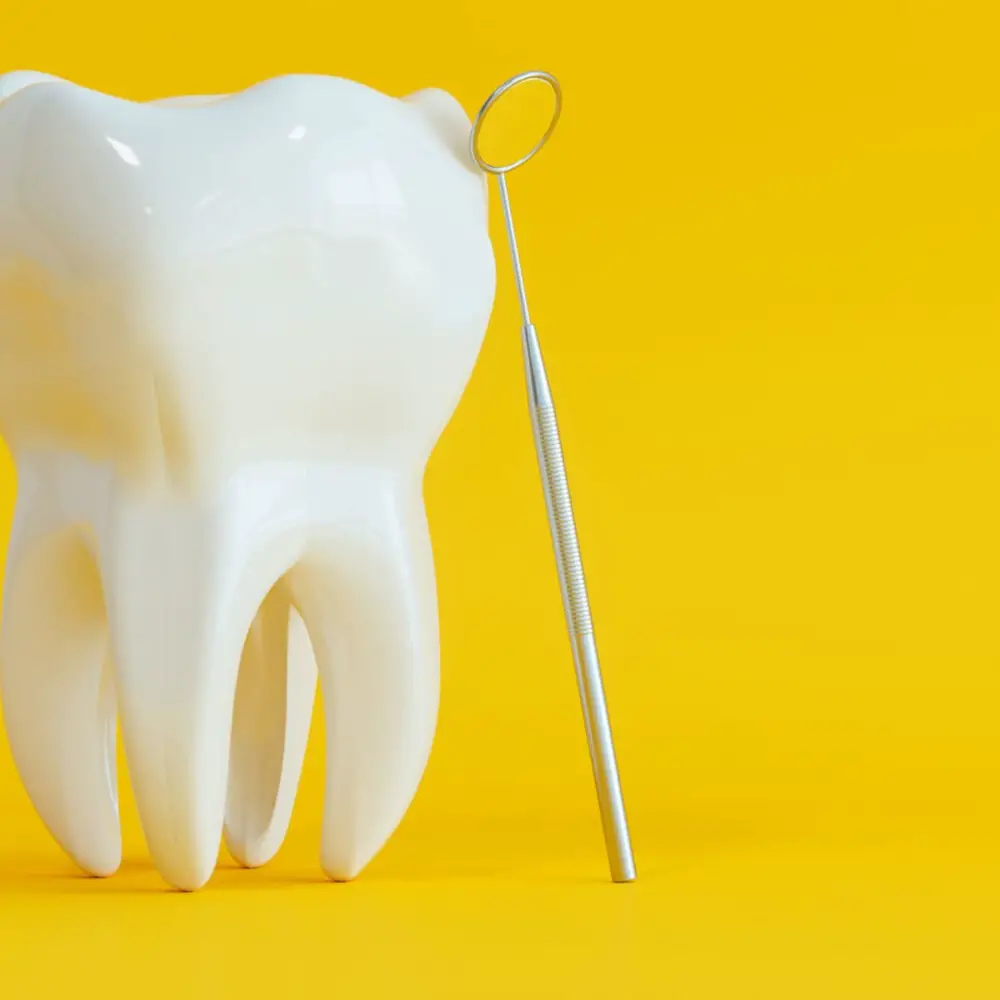
Oil pulling is an ancient Ayurvedic technique that has gained popularity in recent years for its ability to clean teeth and improve oral health. The process involves swishing a tablespoon of oil, typically coconut or sesame oil, in your mouth for 10-20 minutes, then spitting it out. The oil works to pull and remove bacteria and food particles from your teeth and gums, leaving your mouth feeling fresh and clean. Oil pulling is also believed to help whiten teeth, freshen breath, and reduce inflammation in the gums. To incorporate oil pulling into your routine, simply take a tablespoon of oil and swish it around your mouth for the recommended time. You can do this before or after brushing your teeth, and some people even choose to do it while they shower or get ready in the morning. It’s important to remember not to swallow the oil as it may contain harmful bacteria and toxins that have been removed from your mouth. After spitting out the oil, rinse your mouth with warm water and brush your teeth as normal. With consistent use, oil pulling can be a quick and easy way to improve your oral health and remove stubborn food particles from your teeth.
Oil pulling is an ancient oral health practice that involves swishing oil, typically coconut or sesame oil, in the mouth for several minutes. The oil is believed to pull out toxins, bacteria, and other debris from the mouth, leaving it clean and fresh. This technique has gained popularity in recent years as a natural way to maintain oral hygiene and promote gum health. Oil pulling is said to have a range of benefits, including whitening teeth, reducing bad breath, and preventing cavities. While there is limited scientific evidence to support these claims, many people swear by this traditional practice and find it to be an easy and effective way to remove food particles and promote oral health.
Oil pulling is a traditional Ayurvedic practice that involves swishing oil in the mouth for several minutes daily. This practice has numerous benefits, including improving oral hygiene and reducing the risk of gum disease. The oil helps to remove harmful bacteria and toxins from the mouth, which can lead to fresher breath and healthier teeth. Additionally, oil pulling can help to whiten teeth naturally and reduce the appearance of stains. It is a simple and effective way to improve oral health and should be incorporated into everyone’s daily routine for optimal results.
Oil pulling is a simple and effective way to remove food particles from your teeth. To begin, take a tablespoon of coconut oil or sesame oil and swish it around in your mouth for 15-20 minutes. Be sure to move the oil around all parts of your mouth, including your teeth and gums. After the time is up, spit the oil out into the trash (not the sink, as it can clog pipes) and rinse your mouth with warm water. Oil pulling helps remove bacteria and debris from your mouth, leading to fresher breath and healthier teeth and gums. Make oil pulling a part of your daily oral hygiene routine for optimal results.
Chewing Gum
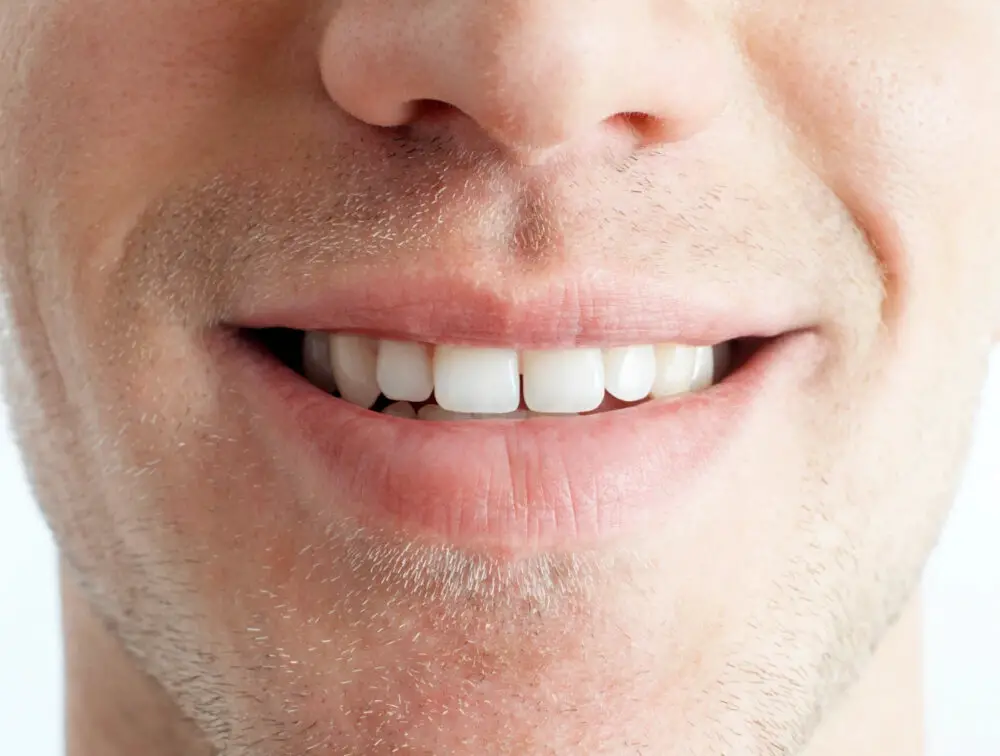
Chewing gum is a great way to remove food particles from your teeth. The act of chewing gum stimulates saliva production, which can help wash away any remaining bits of food in your mouth. Additionally, the chewing motion can dislodge any stubborn pieces of food that may be stuck between your teeth. It’s important to choose sugar-free gum, as sugary gum can actually promote tooth decay. When selecting a chewing gum, look for one that contains xylitol. Xylitol is a natural sweetener that has been shown to help prevent cavities and promote good oral health. By choosing a gum with xylitol, you can not only remove food particles from your teeth, but also support your dental health. Just be sure to chew the gum for no more than 10-15 minutes, as prolonged chewing can actually wear down your teeth.
When it comes to removing food particles from your teeth, there are various types of gum that can be helpful. Sugar-free gum, for instance, can stimulate saliva production, which can help wash away food debris. Additionally, gum that contains xylitol, a natural sweetener, can prevent bacteria from sticking to your teeth and forming plaque. Some types of gum also contain enzymes that help break down food particles, making them easier to remove. However, it’s important to note that chewing gum should not be a substitute for brushing and flossing, but rather an additional aid in maintaining good oral hygiene.
Chewing gum can be a simple and effective way to remove food particles from your teeth after a meal. As you chew the gum, it stimulates the production of saliva, which helps to flush out any leftover food debris. The act of chewing also physically dislodges any remaining food particles from the surfaces of your teeth. Additionally, the stickiness of the gum can act like a magnet, attracting and removing any stubborn bits of food that may be stuck in between your teeth. Just be sure to choose a sugar-free option to avoid any potential dental damage.
When it comes to removing food particles from your teeth, chewing gum can be an effective and convenient solution. However, not all gum brands are created equal when it comes to this task. Sugar-free gum is a must, as sugar can actually contribute to the growth of harmful bacteria in your mouth. Look for gum brands that contain xylitol, a natural sweetener that has been shown to reduce plaque and fight tooth decay. Some recommended gum brands for removing food particles include Trident, Orbit, and Extra. These brands are widely available and have a variety of flavors to choose from, so you can find one that suits your taste preferences. Just be sure to chew the gum for at least 20 minutes after eating to maximize its effectiveness.
In conclusion, removing food particles from your teeth is not only important for aesthetic reasons, but also for the overall health of your teeth and gums. Luckily, there are several quick and easy methods to achieve this. Flossing, using interdental brushes, rinsing with mouthwash, chewing sugar-free gum, and drinking plenty of water are all effective ways to remove food debris from your teeth. Not only do these methods help to prevent bad breath and tooth decay, but they also promote a healthier smile. So next time you have a piece of food stuck in your teeth, try one of these simple techniques to keep your teeth and gums in top condition.
Maintaining good oral hygiene is crucial for overall health and well-being. It helps prevent tooth decay, gum disease, and bad breath. Poor oral hygiene can lead to a buildup of plaque and bacteria, which can cause inflammation and infection in the gums. This can eventually lead to tooth loss and other complications. Regular brushing, flossing, and rinsing with mouthwash can help remove food particles and bacteria from the teeth and gums, preventing the development of dental problems. Additionally, visiting the dentist for regular checkups and cleanings is essential for maintaining good oral health. By taking care of your teeth and gums, you can enjoy a healthy, beautiful smile for years to come.
Oral health is of utmost importance when it comes to maintaining overall health and well-being. Removing food particles from your teeth is an essential aspect of oral hygiene. The 5 quick and easy ways mentioned in the article can be a game-changer for your oral health. By incorporating these methods into your daily routine, you can prevent the buildup of plaque and bacteria, which can lead to cavities and gum disease. Don’t wait until it’s too late to take care of your teeth. Try these simple yet effective methods today and say goodbye to food particles and hello to better oral health!
Conclusion

In conclusion, removing food particles from your teeth is not only important for oral hygiene but also for preventing bad breath and tooth decay. The five quick and easy ways discussed in this article include flossing, using a water flosser, chewing sugar-free gum, brushing with an electric toothbrush, and using interdental brushes. By incorporating these methods into your daily oral care routine, you can ensure that your teeth stay clean and healthy. Remember, taking care of your teeth is a crucial aspect of overall health and wellness, and these simple tips can go a long way in maintaining good oral hygiene.



